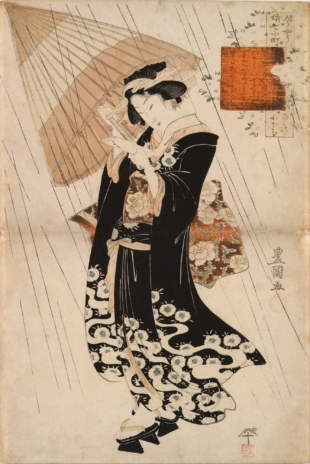Looking back on the history of love, its emotional wrenches, physical contortions and logistical nightmares, one understands the growing inclination in our own time not to bother with it.

How far back should we go? To the gods? Japan itself, legend tells us, was born of the happy coupling of a god and goddess — a good beginning.


















With your current subscription plan you can comment on stories. However, before writing your first comment, please create a display name in the Profile section of your subscriber account page.